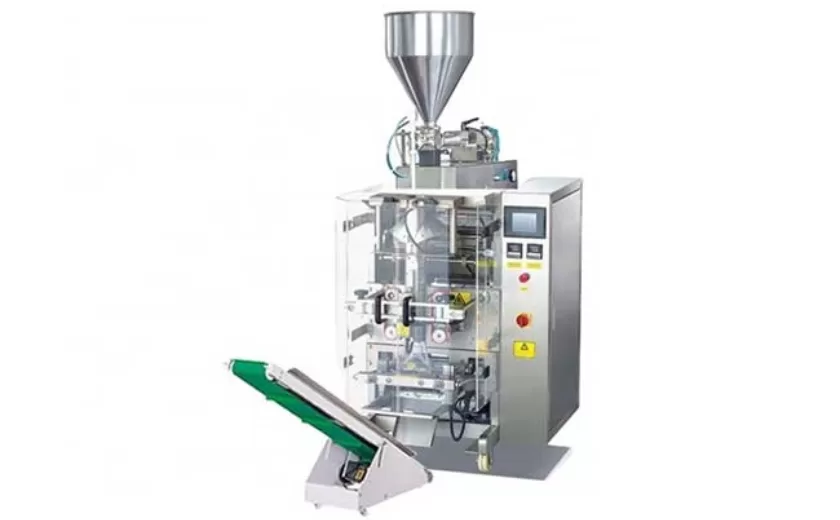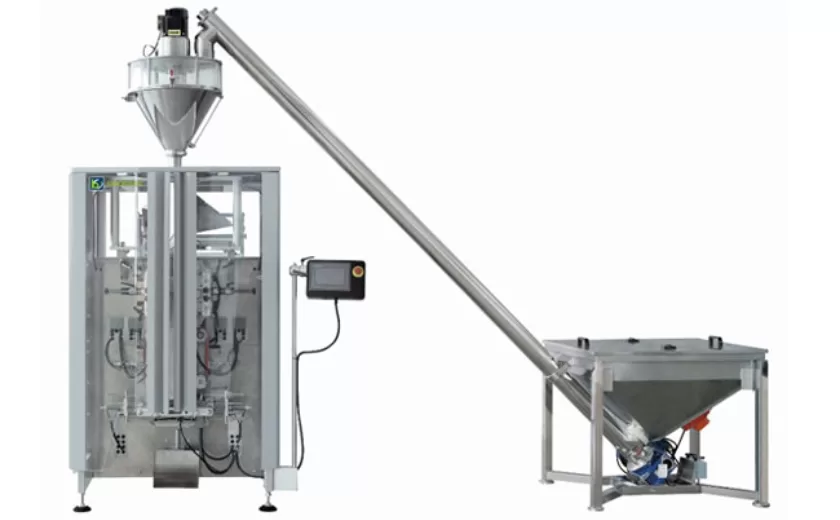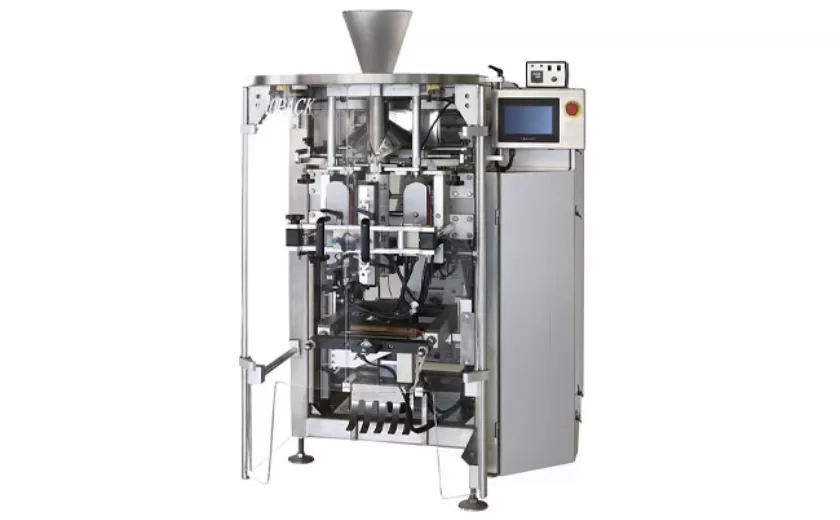Understanding Film Materials Used in Horizontal Flow Wrapping
Horizontal flow wrapping is a packaging technique that employs flexible film to enclose products in a horizontal orientation. Understanding the properties and characteristics of the film materials used in this process is crucial for achieving optimal packaging performance. This article explores the various film materials utilized in horizontal flow wrapping, outlining their advantages, limitations, and applications.
Factors Influencing Film Selection
Several factors influence the selection of film materials for horizontal flow wrapping, including:
Product Properties: The size, shape, and texture of the product being packaged dictate the required film thickness, strength, and flexibility.
Packaging Environment: Environmental conditions such as temperature, humidity, and exposure to liquids or chemicals determine the film’s resistance to deterioration.
Target Market: The intended audience and their specific needs impact the selection of films with varying aesthetic appeal, clarity, and printability.
Types of Film Materials
Polypropylene (PP)
Advantages: High tensile strength, clarity, moisture resistance
Limitations: Low stretchability, prone to tearing
Applications: Dry foods, pharmaceuticals, electronics
Polyethylene (PE)
Advantages: Excellent flexibility, low moisture permeation
Limitations: Limited tensile strength, susceptible to punctures
Applications: Breads, produce, frozen foods
Polyvinyl Chloride (PVC)
Advantages: Good clarity, low permeability to gases
Limitations: Requires antistatic agents, limited recyclability
Applications: Flexible packaging, medical devices
Polyethylene Terephthalate (PET)
Advantages: High tensile strength, clarity, recyclability
Limitations: Sensitive to heat, requires special cutting techniques
Applications: Beverages, cosmetics, pharmaceuticals
Biodegradable Films
Advantages: Eco-friendly, reduced environmental impact
Limitations: Lower strength and barrier properties
Applications: Food packaging, disposable products
Considerations for Horizontal Flow Wrapping
Film Thickness
The thickness of the film influences its strength, puncture resistance, and barrier properties. Thicker films provide higher protection, but they can increase the cost and reduce packaging flexibility.
Film Sealing
The sealing method used in horizontal flow wrapping affects the integrity of the package. Heat sealing requires precise temperature control to ensure a strong seal, while cold sealing involves applying pressure without heat.
Printing and Labeling
The ability to print or apply labels onto the film is essential for branding and product identification. Some films offer better printability and adhesion properties.
Understanding the characteristics and applications of different film materials is vital for optimizing horizontal flow wrapping. By carefully considering the product properties, packaging environment, and target market, manufacturers can select the appropriate film materials to ensure the integrity, protection, and presentation of their products.
-
Advanced Packing Solutions: Snacks, Sugar, and Frozen Food Machines
29-10-2025 -
Efficient and Reliable Solutions for Salt, Nuts, and Frozen Dumplings Packing
29-10-2025 -
High-Performance Biscuits, Lollipop, and Ketchup Packing Machines for Modern Food Production
29-10-2025 -
Efficient Liquid Filling and Packing Machines for Modern Production
23-10-2025 -
Reliable Granule Packaging Machines for Efficient Production
23-10-2025 -
Efficient Auger Powder Filling Machines for Accurate Packaging
23-10-2025 -
High-Performance Liquid Filling and Packing Machines for Hygienic Production
10-10-2025 -
High-Efficiency Granule Packaging Machines for Precision and Speed
10-10-2025 -
High-Precision Auger Type Powder Filling Machines for Efficient Packaging
10-10-2025 -
Efficient Vertical Form Fill Seal Packaging Machines for Smart Production
10-10-2025











